Standing high jump
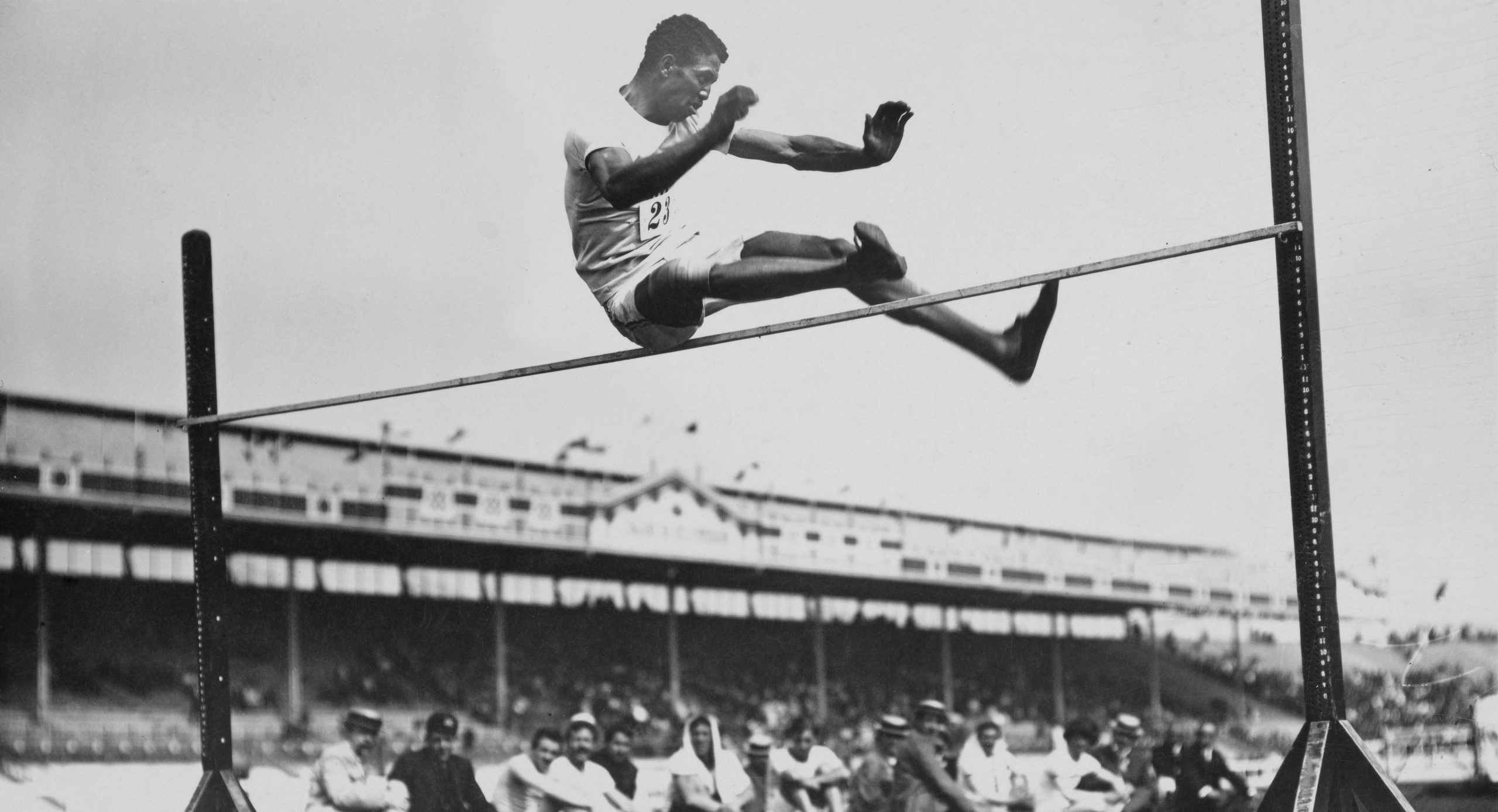
From 1900 to 1912, Olympians could compete in the standing high jump event, a sport that does exactly what it says on the tin. Instead of running and jumping, athletes who wanted to compete in this event were only allowed to use their arms and legs to propel them upwards from standing, with impressive but somewhat anticlimactic results.
Ski ballet

If you’ve ever wanted to combine the grace and beauty of ballet with the high-octane speed and drama of skiing, then ski ballet should be your sport of choice! This unusual combo was demonstrated at both the 1988 Calgary Winter Olympics and the 1992 Albertville Winter Olympics, where athletes spun, flipped and danced their way down the slopes. It never became a competitive sport, however.
Rope climbing

For most people, rope climbing is nothing more than a gruelling activity to be dreaded during sports class. However, for a select few and a short while, it was also a competition category in the Olympics. Intermittently from 1896 to 1932, athletes could be judged on how fast and stylishly they could avail themselves up a rope using only their hands. How fun!
Special figures

Figure skating is one of the most anticipated Olympic sports every year, and for good reason. However, for a short time in 1908, it had a sister sport which drew as much curiosity, if not as much acclaim. Special figures was a discipline open only to male ice skaters, in which they were judged on how closely they could match their skating to a pre-drawn pattern.
Fine art

Often, sports and the arts are claimed to be polar opposites, with the exception being disciplines like ice skating or rhythmic gymnastics. However, this dichotomy didn’t always exist at the Olympic level, as fine art was once an Olympic sport. The category was only open to amateur artists, and they were limited to creating Olympic-themed pieces, both of which led to a lack of interest.
Plunge for distance
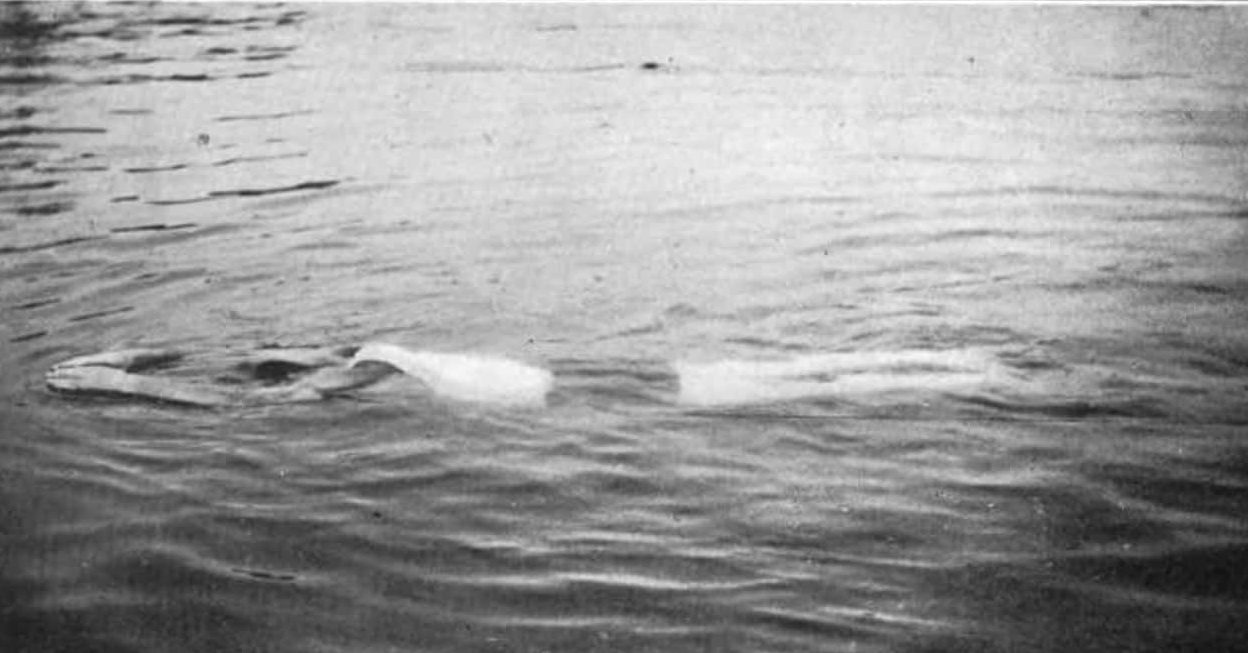
1904 might go down in history as the year in which the least visually interesting Olympic Sport was temporarily added to the roster. When St. Louis, Missouri had the honour of hosting the competition, an event was added called distance plunging, in which athletes would dive into a pool and try to travel as far as possible without moving any limbs. It wasn’t a great spectator sport.
Croquet
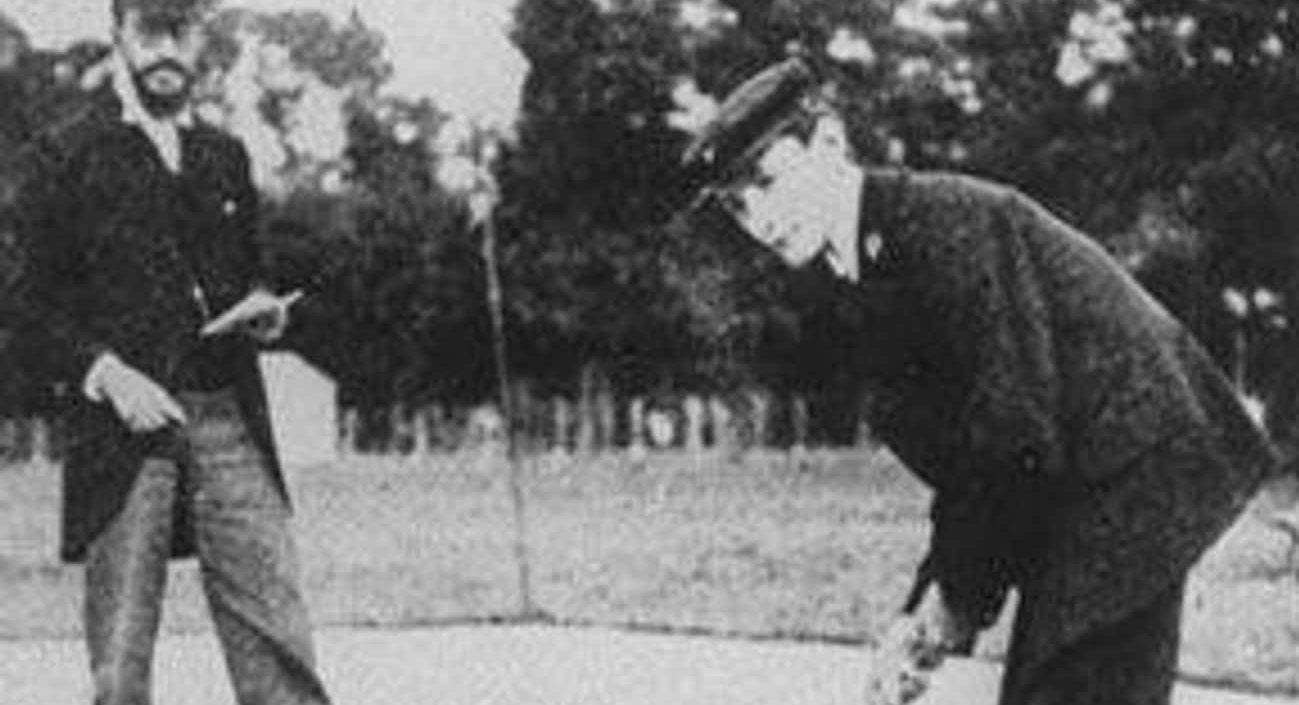
Croquet is still a much-loved sport all around the world, even if it’s usually relegated to summer picnics or school holidays. With that said, it did have a brief period in the spotlight, as at the 1900 Paris Olympic Games, Croquet made its Olympic debut. Notably, it was discontinued after France took home every single medal… because they were the only country to compete.
Skijoring
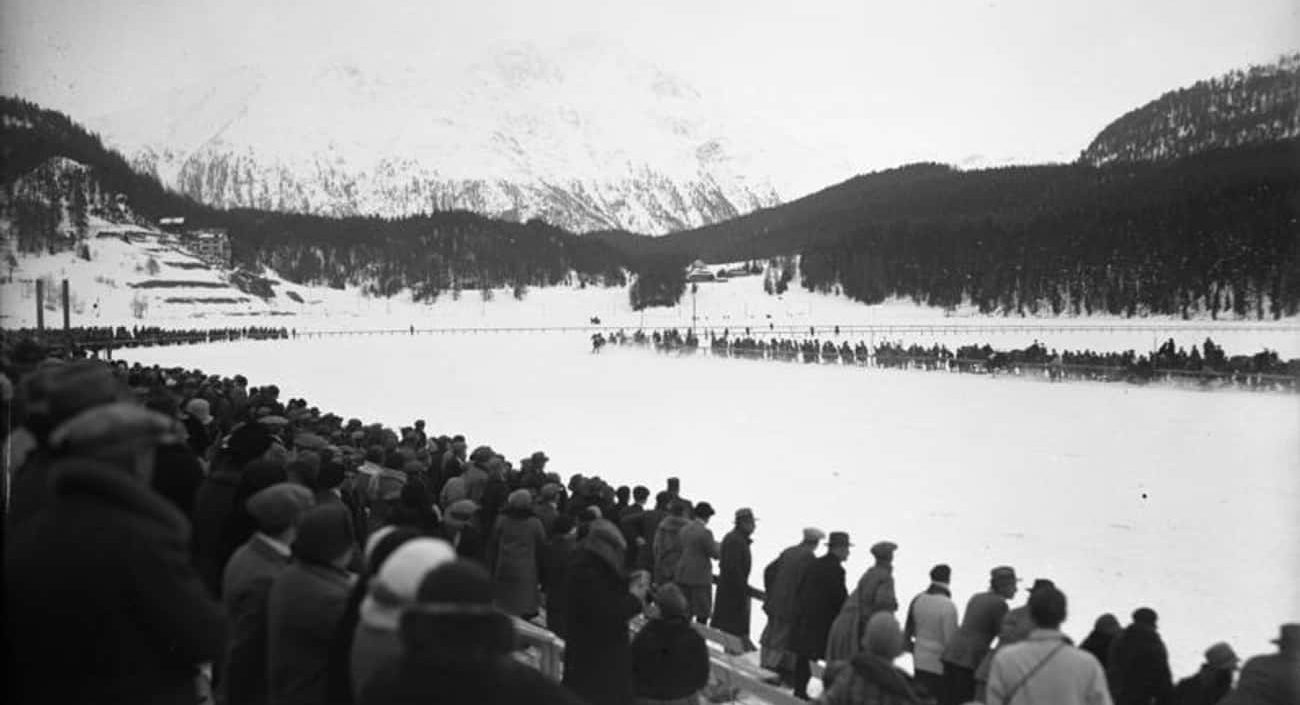
Competing in any sport at a professional level comes with its dangers, as injuries abound and any activity can have unpredictable consequences. With that said, skijoring, which involves horses racing around a frozen lake dragging skiers attached by a harness behind them, is such an objectively terrifying visual that it’s no surprise it never transitioned from a demonstration Olympic sport to a competitive one.
Horse Vaulting
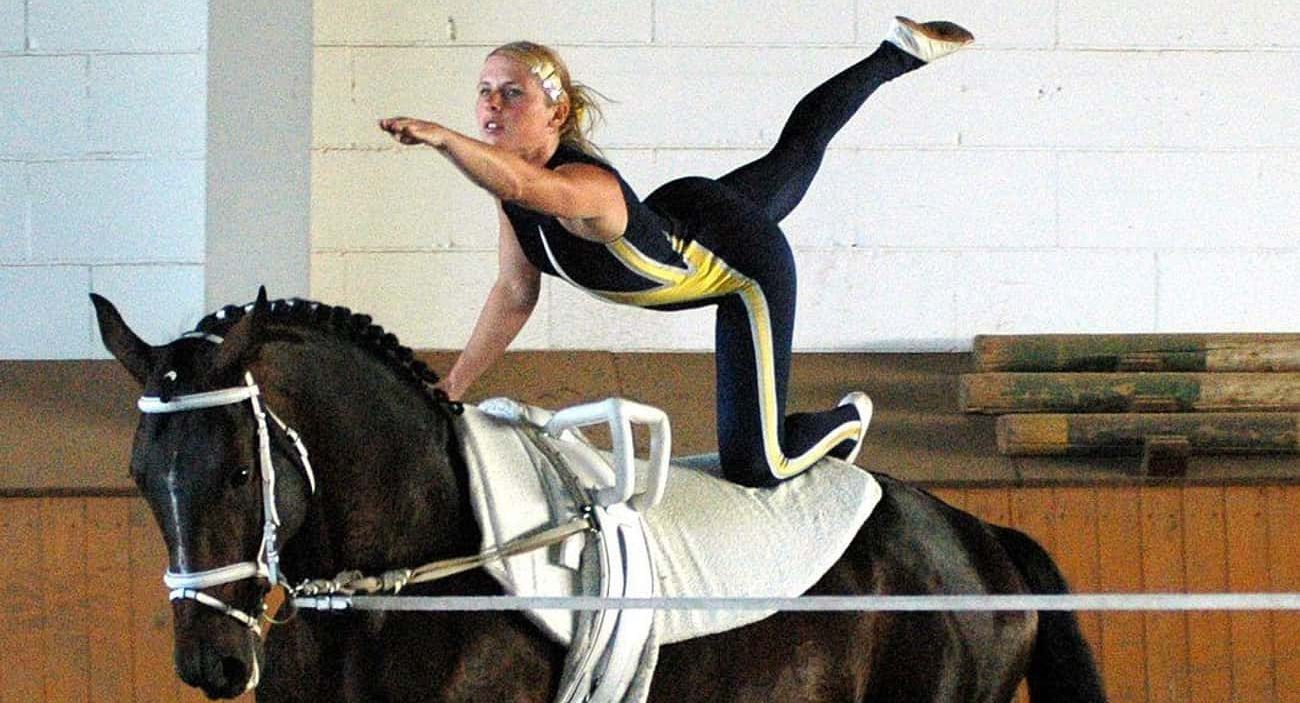
There are many different kinds of gymnastics represented at the Olympics, but the 1920 games in Antwerp, Belgium brought a very unusual temporary addition to the table. Called simply vaulting, this event buried the lede in that all the typical gymnastic skills like jumping, balancing and turning were required to be done on the back of a horse. This event did not stick around for long.
Solo Synchronized Swimming
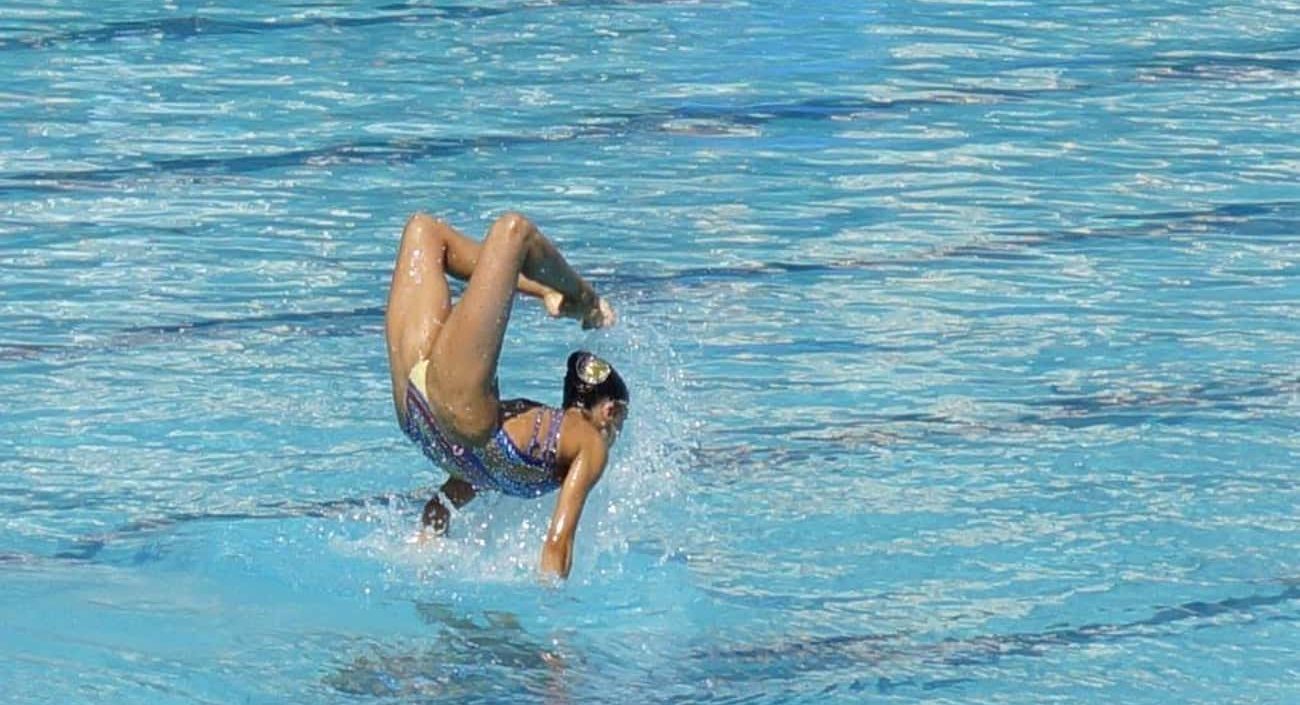
Synchronised swimming is so impressive because of the intricate and precise patterns the teams manage to weave with their bodies, all while staying in time underwater and never touching the bottom of the pool. Therefore, it’s no surprise that solo synchronised swimming, which was introduced in 1984 at the Los Angeles Olympic Games, only stuck around for four Olympics.